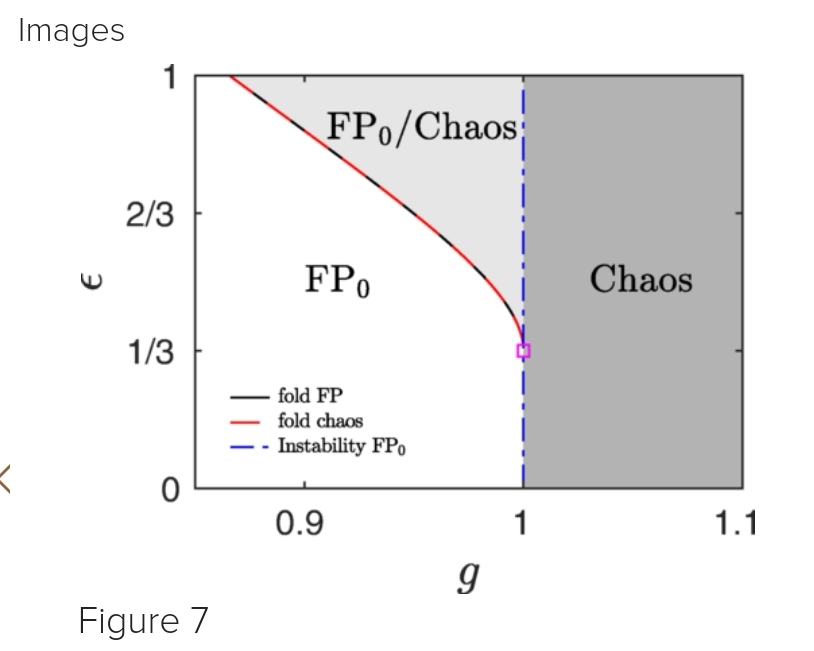<< Basins of attraction are fundamental to the analysis of dynamical systems (..). Over the years, many remarkable properties of basins have been discovered (..), most notably that their geometry can be wild, as exemplified by Wada basins (..), fractal basin boundaries (..), and riddled or intermingled basins (..). Yet despite these foundational studies, much remains to be learned about basins, especially in systems with many degrees of freedom. >>
AA show that for locally-coupled Kuramoto oscillators << high-dimensional basins tend to have convoluted geometries and cannot be approximated by simple shapes such as hypercubes. Although they are impossible to visualize precisely (because of their high dimensionality), (they) present evidence that these basins have long tentacles that reach far and wide and become tangled with each other. Yet sufficiently close to its own attractor, each basin becomes rounder and more simply structured, somewhat like the head of an octopus. >>
<< In terms of (AA) metaphor, almost all of a basin’s volume is in its tentacles, not its head. This finding is not limited to Kuramoto oscillators. (AA) provide a simple geometrical argument showing that, as long as the number of attractors in a system grows subexponentially with system size, the basins are expected to be octopus-like. As further evidence of their genericity, basins of this type were previously found in simulations of jammed sphere packings (..) where they were described as “branched” and “threadlike” away from a central core (..) and accurate methods were developed for computing their volumes (.,). There is also enticing evidence of octopus-like basins in neuronal networks (..), power grids (..), and photonic couplers (..). >>
<< Figure 4 is a further attempt to visualize the structure of high-dimensional basins, now by examining randomly oriented two-dimensional (2D) slices of state space, either far from a twisted state or close to one. (..) Despite the fact that each basin is connected (..) the basins look fragmented in this 2D slice. >>
Fig. 4(a): << Perhaps another metaphor than tentacles—a ball of tangled yarn—better captures the essence of the basin structure in this regime, far from any attractor, in which differently colored threads (representing different basins) are interwoven together in an irregular fashion. >>
Fig. 4(b): << The basin structure near an attractor is strikingly different. (..) the basins near an attractor are organized like an onion. >>
Yuanzhao Zhang, Steven H. Strogatz. Basins with tentacles. arXiv: 2106.05709v3 [nlin.AO]. Nov 2, 2021.
Also
Reshaping Kuramoto model, when a collective dynamics becomes chaotic, with a surprisingly weak coupling. Dec 27, 2021.
Keywords: gst, dynamical systems, high-dimensional systems, Kuramoto oscillator, attractors, basin of attraction





